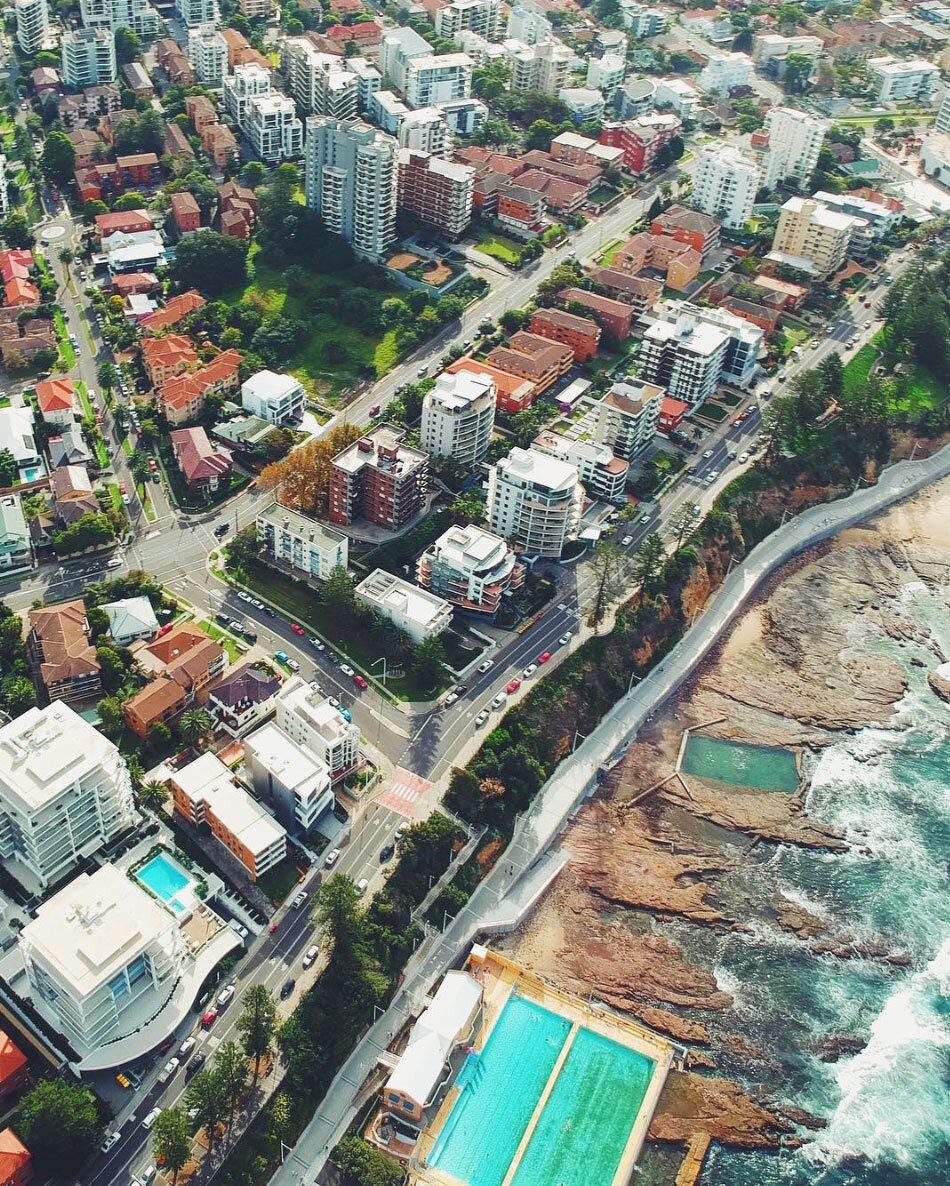how will we live post covid-19?
There is no doubt COVID-19 has changed the world. Changed how we live, work and play but will it affect how we build in the future, too?
Words Trever Molenaar Image @wedronethegong
With the closures of gyms and less commuting we have flocked to open spaces and parks. The Australian love affair with nature has been reinforced. Large crowded cities and urban areas have been hardest hit. Developers across the world now have to rethink what the post-COVID buyer will look for. High rises will likely have more emphasis on rooftop gardens and living green walls, but we may even see the design of the residence change with more people opting to work from home. Will we see a rise or fall of a designated study?
Global epidemics ultimately change the way we live, look at modernist architecture, which was a partial reaction to the Spanish flu, eliminating dust-collecting adornment for clean streamlined architecture.
We have proven through necessity that most jobs can work more remotely than was ever thought. Businesses with large floor spaces that occupy high rent locations in cities may not be the answer. They will likely to have a shift into outer areas dispersing their work force to allow many to work remotely which will have a direct shift in where we live. Will people then flock to regional lifestyle areas over built-up urban locations as their commute is less of a priority?
This trend could continue with social distancing as the backyard becomes more important and our relationship with public transport and high-rise buildings will change. If people do move to regional areas and leave the cities, it could lead to more neighbourhood villages with small business hubs.
The removal of the ‘need’ to work in big cities could change the way we plan and build not only our neighbourhood but infrastructure and our homes well into the future.

